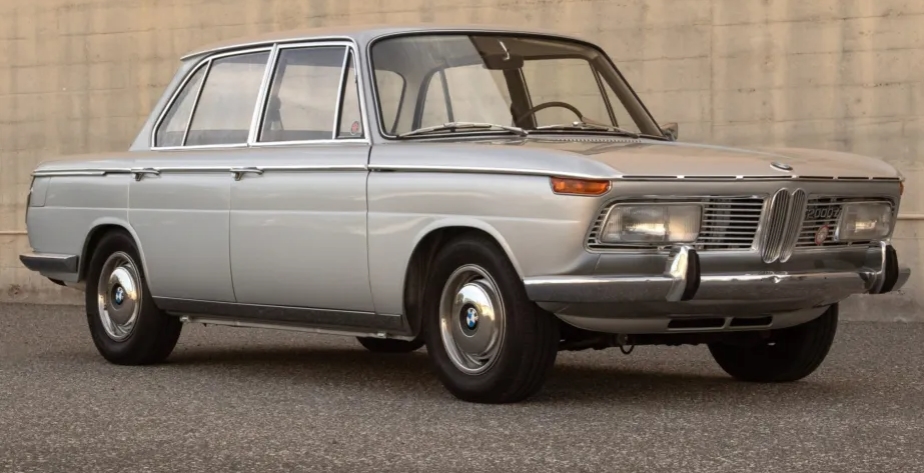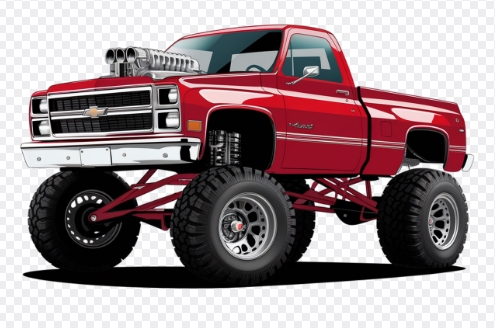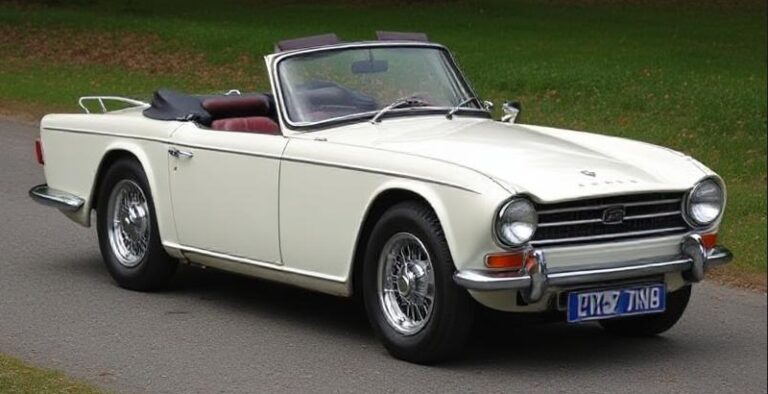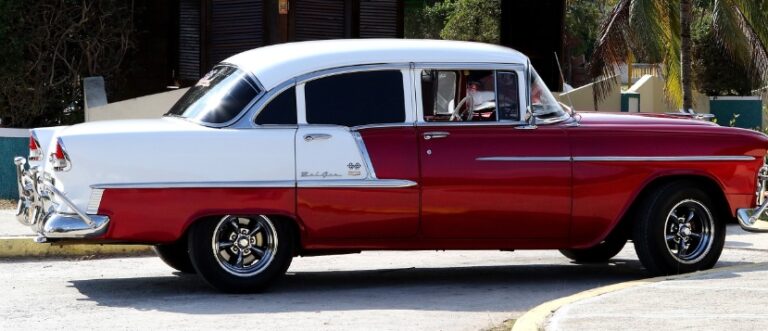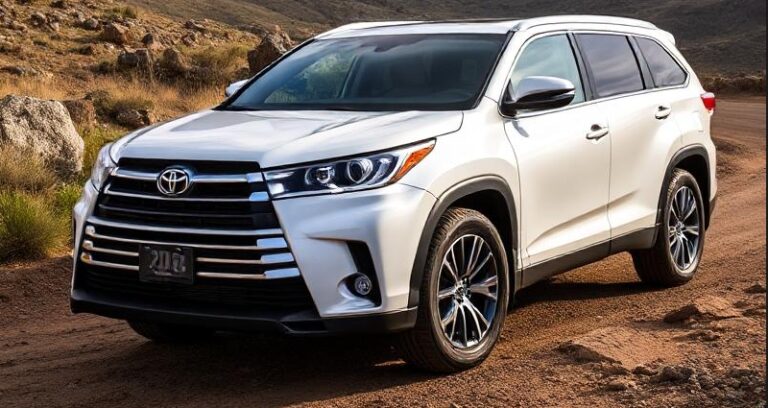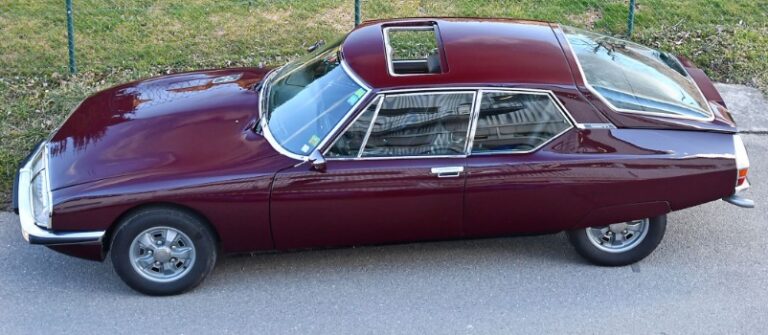The Evolution of the BMW 2000: A Classic Sedan’s Journey Through the Years
The BMW 2000 holds a distinguished place in automotive history as a pivotal model that helped cement BMW’s reputation as a maker of sporty, well-engineered sedans during the 1960s and early 1970s. Its development marked BMW’s transition from small, modest sedans into a more premium, performance-oriented brand. This article traces the evolution of the BMW 2000, covering its production timeline, various models, and trim levels offered throughout its production years.
Origins and Development: The Birth of the BMW 2000
In the early 1960s, BMW sought to expand its lineup beyond the successful Neue Klasse (New Class) sedans, which included the BMW 1600 and BMW 1800. The goal was to develop a new, more powerful model that would appeal to a broader audience, especially in markets demanding higher performance and luxury.
The result was the BMW 2000, introduced in 1965 as part of BMW’s “New Class” series but distinguished by its larger engine and more upscale features. The 2000 was based on the same platform as the 1600 and 1800 but featured a more potent engine and refined styling cues.
Production Timeline and General Overview
| Production Years | Model Name | Key Features |
|---|---|---|
| 1965 – 1969 | BMW 2000 (Neue Klasse) | 2.0-liter inline-4, sporty styling, luxury features |
| 1969 – 1972 | BMW 2000 ti / tii | Introduction of fuel injection, higher performance trims |
| 1970 – 1972 | BMW 2000 Turbo | The first turbocharged production BMW, high-performance variant |
The BMW 2000 (1965–1969)
Introduction and Features
The BMW 2000 was unveiled in 1965 as a more powerful successor to the BMW 1800. It retained the classic styling of the Neue Klasse sedans but featured subtle refreshes and improvements. It was powered by a 2.0-liter M10 inline-4 engine (also known as the ‘M10’ or ‘M115’) producing approximately 100 horsepower, which provided lively performance for its era.
Models and Trim Levels
During its initial production run, the BMW 2000 was available primarily in a single trim level, although some markets saw variations based on equipment and optional features:
- BMW 2000 (Standard): Equipped with manual transmission, vinyl or optional leather upholstery, and basic trim features. It was targeted at consumers seeking a sporty yet practical sedan.
- BMW 2000 Deluxe: Offered additional luxury options such as upgraded interior trim, improved audio systems, and optional automatic transmission in some markets.
Design and Performance
The 2000 featured the classic BMW kidney grille, round headlights, and a sleek, aerodynamic body. It was appreciated for its balanced chassis, agile handling, and robust engine. Its suspension setup utilized independent MacPherson struts at the front and a live rear axle, contributing to a sporty driving experience.
The BMW 2000 ti (1969–1972)
Introduction of the ‘ti’ Model
In 1969, BMW introduced the 2000 ti (Touring Injection), an upgraded variant that brought fuel injection technology to the 2000 lineup, significantly improving performance and efficiency. The ‘tii’ model was indicative of BMW’s pioneering efforts with fuel injection systems, which would become standard in later high-performance models.
Key Features and Specifications
- Engine: 2.0-liter M10 inline-4 with Kugelfischer mechanical fuel injection, producing approximately 120 horsepower.
- Performance: The ‘tii’ could accelerate from 0 to 60 mph in roughly 9 seconds, a notable improvement over the standard 2000.
- Transmission: Standard 4-speed manual, with a 3-speed automatic available in some markets.
- Handling and Suspension: Upgraded suspension components and optional limited-slip differential enhanced sporty handling.
Trim Levels and Variants
- BMW 2000 ti: The standard performance model with fuel injection.
- BMW 2000 tii (with double carburetors): Some versions featured dual carburetors for increased power.
- BMW 2000 tii Lux: A luxury-oriented variant with upgraded interior features, wood trim, and improved audio options.
Design and Market Position
The ‘tii’ models became highly regarded among enthusiasts for their performance and engineering sophistication. They featured sportier bumpers, a black grille, and distinctive badging, setting them apart visually from the base models.
The BMW 2000 Turbo (1970–1972)
A Historic Milestone
The BMW 2000 Turbo was introduced in 1973 but developed and tested during the early 1970s, making it one of the earliest turbocharged production cars globally. While production was limited, it showcased BMW’s technological innovation and performance potential.
Development and Features
- Engine: A 2.0-liter M10 engine fitted with a turbocharger, producing approximately 170 horsepower.
- Performance: Capable of accelerating from 0 to 60 mph in around 7 seconds, making it one of the fastest sedans of its time.
- Design: The Turbo featured distinctive styling cues, including a unique front spoiler, wider wheel arches, and turbo badging.
Limited Production and Legacy
Only around 8,000 units of the BMW 2000 Turbo were produced, primarily for the European market. Its rarity and technological significance make it a highly collectible model today. The Turbo laid the groundwork for BMW’s future high-performance models, including the M series.
The Transition to the BMW 2002 Series and Beyond
While the BMW 2000 was produced until 1972, its success directly contributed to the development of the iconic BMW 2002, which debuted in 1968 as a sporty, compact sedan. The 2002 inherited many features from the 2000 series but was more focused on sportiness and driver engagement, establishing BMW’s reputation for performance cars.
.
Many car aficionados have multiple hobbies, like boating as well as auto stuff. Those who don’t already own a boat (and even some that do), may have thought about building their own boats. It’s really not as hard as you’d think. Just take a look at these easy boat building plans!

.
Summary of Key Models and Trim Levels
| Model Year | Model Name | Notable Features | Power Output | Key Variants/Trim Levels |
|---|---|---|---|---|
| 1965–1969 | BMW 2000 | Basic luxury sedan with 2.0L engine | ~100 hp | Standard, Deluxe |
| 1969–1972 | BMW 2000 ti / tii | Fuel injection, higher performance | 120 hp | ti, tii, tii Lux |
| 1970–1972 | BMW 2000 Turbo | Turbocharged engine, limited edition | ~170 hp | Turbo |
Conclusion: The Legacy of the BMW 2000
The BMW 2000 played a crucial role in BMW’s evolution from a small manufacturer of modest sedans into a global marque renowned for sporty, premium vehicles. Its combination of engineering innovation, sporty handling, and luxury features made it highly influential and desirable. The introduction of fuel injection with the ‘tii’ models and the pioneering turbocharged version showcased BMW’s commitment to technological advancement.
Today, the BMW 2000 remains a highly collectible classic, appreciated for its historical significance, engineering excellence, and role in shaping the brand’s sporty image. Its legacy endures in BMW’s modern performance sedans and the company’s continued pursuit of innovation.
